What Is A ‘wug’?
What is a ‘wug’?
If you’ve been to linguist tumblr (lingblr), you might have stumbled upon this picture of a funny little bird or read the word ‘wug’ somewhere. But what exactly is a ‘wug’ and where does this come from?
The ‘wug’ is an imaginary creature designed for the so-called ‘wug test’ by Jean Berko Gleason. Here’s an illustration from her test:

“Gleason devised the Wug Test as part of her earliest research (1958), which used nonsense words to gauge children’s acquisition of morphological rules—for example, the “default” rule that most English plurals are formed by adding an /s/, /z/ or /ɨz/ sound depending on the final consonant, e.g., hat–hats, eye–eyes, witch–witches. A child is shown simple pictures of a fanciful creature or activity, with a nonsense name, and prompted to complete a statement about it:
This is a WUG. Now there is another one. There are two of them. There are two ________.
Each “target” word was a made-up (but plausible-sounding) pseudoword, so that the child cannot have heard it before. A child who knows that the plural of witch is witches may have heard and memorized that pair, but a child responding that the plural of wug (which the child presumably has never heard) is wugs (/wʌgz/, using the /z/ allomorph since “wug” ends in a voiced consonant) has apparently inferred (perhaps unconsciously) the basic rule for forming plurals.
The Wug Test also includes questions involving verb conjugations, possessives, and other common derivational morphemes such as the agentive -er (e.g. “A man who ‘zibs’ is a ________?”), and requested explanations of common compound words e.g. “Why is a birthday called a birthday?“ Other items included:
This is a dog with QUIRKS on him. He is all covered in QUIRKS. What kind of a dog is he? He is a ________ dog.
This is a man who knows how to SPOW. He is SPOWING. He did the same thing yesterday. What did he do yesterday? Yesterday he ________.
(The expected answers were QUIRKY and SPOWED.)
Gleason’s major finding was that even very young children are able to connect suitable endings—to produce plurals, past tenses, possessives, and other forms—to nonsense words they have never heard before, implying that they have internalized systematic aspects of the linguistic system which no one has necessarily tried to teach them. However, she also identified an earlier stage at which children can produce such forms for real words, but not yet for nonsense words—implying that children start by memorizing singular–plural pairs they hear spoken by others, then eventually extract rules and patterns from these examples which they apply to novel words.
The Wug Test was the first experimental proof that young children have extracted generalizable rules from the language around them, rather than simply memorizing words that they have heard, and it was almost immediately adapted for children speaking languages other than English, to bilingual children, and to children (and adults) with various impairments or from a variety of cultural backgrounds. Its conclusions are viewed as essential to the understanding of when and how children reach major language milestones, and its variations and progeny remain in use worldwide for studies on language acquisition. It is "almost universal” for textbooks in psycholinguistics and language acquisition to include assignments calling for the student to carry out a practical variation of the Wug Test paradigm. The ubiquity of discussion of the wug test has led to the wug being used as a mascot of sorts for linguists and linguistics students.”
Here are some more illustrations from the original wug test:



Sources:
Wikipedia, All Things Linguistic
More Posts from Thekingsbutler and Others
I got to hold a 500,000 year old hand axe at the museum today.
It's right-handed
I am right-handed
There are grooves for the thumb and knuckle to grip that fit my hand perfectly
I have calluses there from holding my stylus and pencils and the gardening tools.
There are sharper and blunter parts of the edge, for different types of cutting, as well as a point for piercing.
I know exactly how to use this to butcher a carcass.
A homo erectus made it
Some ancestor of mine, three species ago, made a tool that fits my hand perfectly, and that I still know how to use.
Who were you
A man? A woman? Did you even use those words?
Did you craft alone or were you with friends? Did you sing while you worked?
Did you find this stone yourself, or did you trade for it? Was it a gift?
Did you make it for yourself, or someone else, or does the distinction of personal property not really apply here?
Who were you?
What would you think today, seeing your descendant hold your tool and sob because it fits her hands as well?
What about your other descendant, the docent and caretaker of your tool, holding her hands under it the way you hold your hands under your baby's head when a stranger holds them.
Is it bizarre to you, that your most utilitarian object is now revered as holy?
Or has it always been divine?
Or is the divine in how I am watching videos on how to knap stone made by your other descendants, learning by example the way you did?
Tomorrow morning I am going to the local riverbed in search of the appropriate stones, and I will follow your example.
The first blood spilled on it will almost certainly be my own, as I learn the textures and rhythm of how it's done.
Did you have cuss words back then? Gods to blaspheme when the rock slips and you almost take your thumbnail off instead? Or did you just scream?
I'm not religious.
But if spilling my own blood to connect with a stranger who shared it isn't partaking in the divine
I don't know what is.
Art challenge where you have to finish what you're making
Do y'all have any favorite card games?

ya'll who's up for group meowing



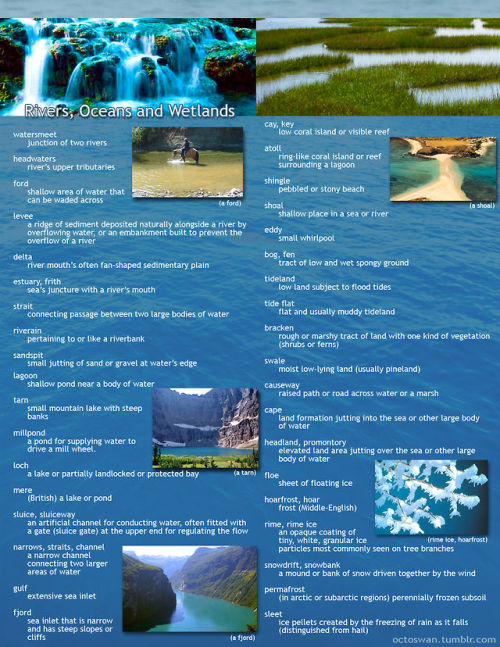
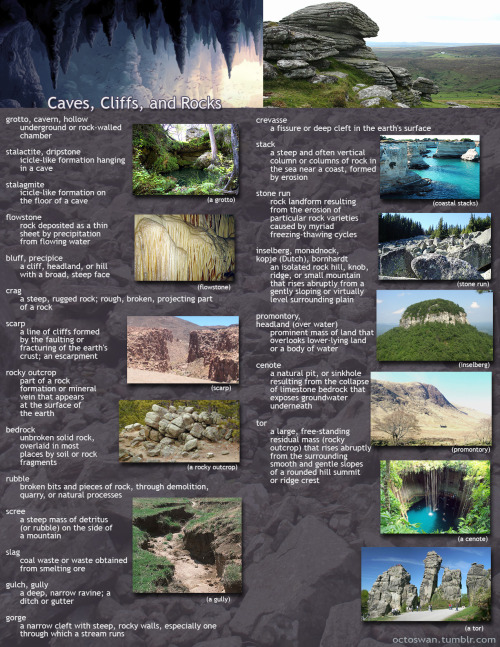
I made these as a way to compile all the geographical vocabulary that I thought was useful and interesting for writers. Some descriptors share categories, and some are simplified, but for the most part everything is in its proper place. Not all the words are as useable as others, and some might take tricky wording to pull off, but I hope these prove useful to all you writers out there!
(save the images to zoom in on the pics)



For no reason here is a library story
Me with my Royal Match one shots.
If you want to write a dumb little story with a dumb little plot and ridiculously silly characters. No one's stopping you. Genuinely, no one should be allowed to stop you. Write that dumb story with your whole heart and don't hold back.
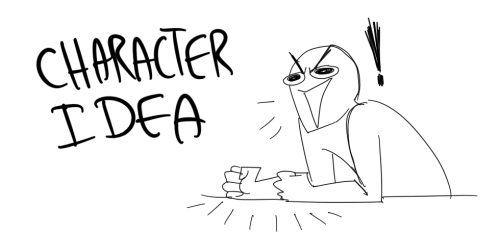
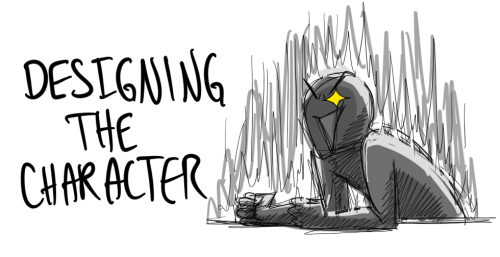
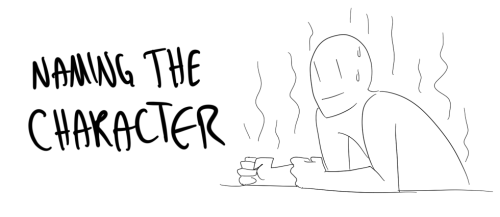
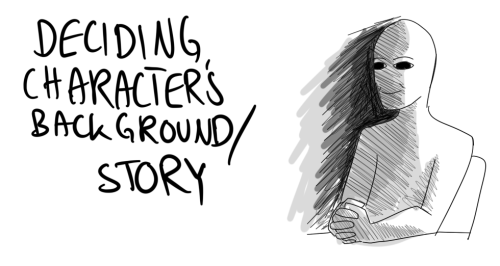
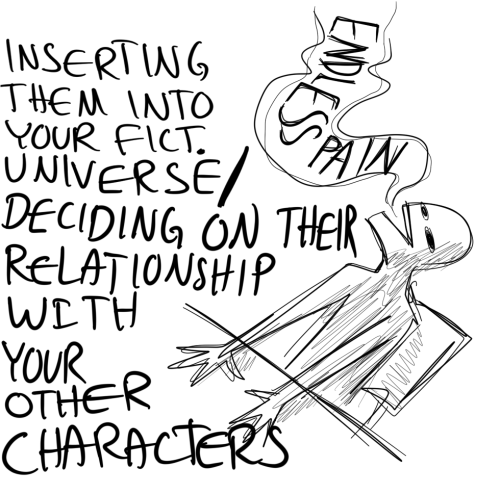
the suffering never ends

To Be A King.
Collage inspired by King Robbie from the game Royal Match.
Hi... I'm said friend...
I would like the record to state that I only microwave bottled sweet tea (Gold Peak, specifically) when I was sick and really wanted a Hot Toddy but had no energy or spoons to make tea on the stove. If I had homemade tea already, I'd microwave that.
Typically, I'll make a pitcher of sweet tea from a pot on the stove. However my family, and thus I when I lived with them, usually makes a pitcher from the microwave.
So in the end, there's a good chance I'd invoke the wrath of Martin anyways.
Jmart safehouse setting where the first words to come from Martin since exiting the Lonely is "What the hell are you doing." And its in response to him blankly watching John try to quickly make them tea in the microwave- the humming noise breaking Martin's partial dissociative state, and scaring the shit out of John after all the silence (minus his own mutterings)
-
 parkerfinn liked this · 5 days ago
parkerfinn liked this · 5 days ago -
 anzozi-here liked this · 5 days ago
anzozi-here liked this · 5 days ago -
 mephistocated reblogged this · 5 days ago
mephistocated reblogged this · 5 days ago -
 strikeofthespacegandalf liked this · 5 days ago
strikeofthespacegandalf liked this · 5 days ago -
 loverboybrightsideghost reblogged this · 5 days ago
loverboybrightsideghost reblogged this · 5 days ago -
 arandombear liked this · 5 days ago
arandombear liked this · 5 days ago -
 arthur-lesters-mustache liked this · 5 days ago
arthur-lesters-mustache liked this · 5 days ago -
 ssaemilyhotchner liked this · 5 days ago
ssaemilyhotchner liked this · 5 days ago -
 minimg liked this · 6 days ago
minimg liked this · 6 days ago -
 stellavesperis liked this · 6 days ago
stellavesperis liked this · 6 days ago -
 flashkirby liked this · 6 days ago
flashkirby liked this · 6 days ago -
 a-teardrop-of-the-sun reblogged this · 6 days ago
a-teardrop-of-the-sun reblogged this · 6 days ago -
 judaspr13stess reblogged this · 6 days ago
judaspr13stess reblogged this · 6 days ago -
 weelilbit liked this · 6 days ago
weelilbit liked this · 6 days ago -
 weelilbit reblogged this · 6 days ago
weelilbit reblogged this · 6 days ago -
 meowymao liked this · 6 days ago
meowymao liked this · 6 days ago -
 ratiii-blog1 reblogged this · 6 days ago
ratiii-blog1 reblogged this · 6 days ago -
 ratiii-blog1 liked this · 6 days ago
ratiii-blog1 liked this · 6 days ago -
 seismic-tartness liked this · 6 days ago
seismic-tartness liked this · 6 days ago -
 jescritora liked this · 6 days ago
jescritora liked this · 6 days ago -
 ricecakesonice liked this · 6 days ago
ricecakesonice liked this · 6 days ago -
 aro-crows liked this · 6 days ago
aro-crows liked this · 6 days ago -
 petrichlorine liked this · 6 days ago
petrichlorine liked this · 6 days ago -
 becquerel liked this · 6 days ago
becquerel liked this · 6 days ago -
 egbertkind reblogged this · 6 days ago
egbertkind reblogged this · 6 days ago -
 egbertkind liked this · 6 days ago
egbertkind liked this · 6 days ago -
 paniipan22 liked this · 6 days ago
paniipan22 liked this · 6 days ago -
 anarchy-flagz liked this · 6 days ago
anarchy-flagz liked this · 6 days ago -
 ameslessordinary reblogged this · 6 days ago
ameslessordinary reblogged this · 6 days ago -
 theentropyofmadness reblogged this · 6 days ago
theentropyofmadness reblogged this · 6 days ago -
 raptor7b reblogged this · 6 days ago
raptor7b reblogged this · 6 days ago -
 skippydiesposting liked this · 6 days ago
skippydiesposting liked this · 6 days ago -
 microweave reblogged this · 6 days ago
microweave reblogged this · 6 days ago -
 morphing-paper-fish reblogged this · 6 days ago
morphing-paper-fish reblogged this · 6 days ago -
 silvereyedowl reblogged this · 6 days ago
silvereyedowl reblogged this · 6 days ago -
 silvereyedowl liked this · 6 days ago
silvereyedowl liked this · 6 days ago -
 bloomblanche liked this · 6 days ago
bloomblanche liked this · 6 days ago -
 melpacrypt liked this · 6 days ago
melpacrypt liked this · 6 days ago -
 thecourtshrieker reblogged this · 6 days ago
thecourtshrieker reblogged this · 6 days ago -
 thecourtshrieker liked this · 6 days ago
thecourtshrieker liked this · 6 days ago -
 wolfstarwarrior reblogged this · 6 days ago
wolfstarwarrior reblogged this · 6 days ago -
 norrgen reblogged this · 6 days ago
norrgen reblogged this · 6 days ago -
 blueelkgirl liked this · 6 days ago
blueelkgirl liked this · 6 days ago -
 semprimentally-eivan reblogged this · 6 days ago
semprimentally-eivan reblogged this · 6 days ago -
 toooldfortumbling liked this · 6 days ago
toooldfortumbling liked this · 6 days ago -
 riptide-rabbitholes reblogged this · 6 days ago
riptide-rabbitholes reblogged this · 6 days ago

Perpetually confused. Writing, collaging, others. All Pronouns. 20s.Started this for Ao3 stuff but let's see how it goes.https://archiveofourown.org/users/ButlerOfKings
140 posts